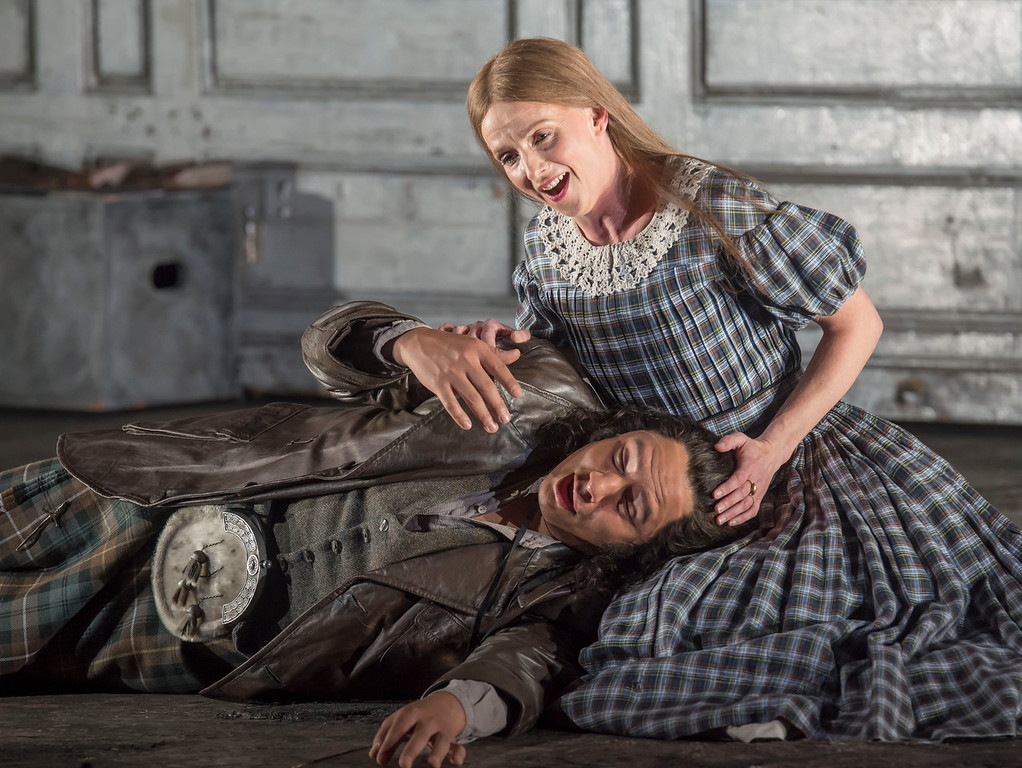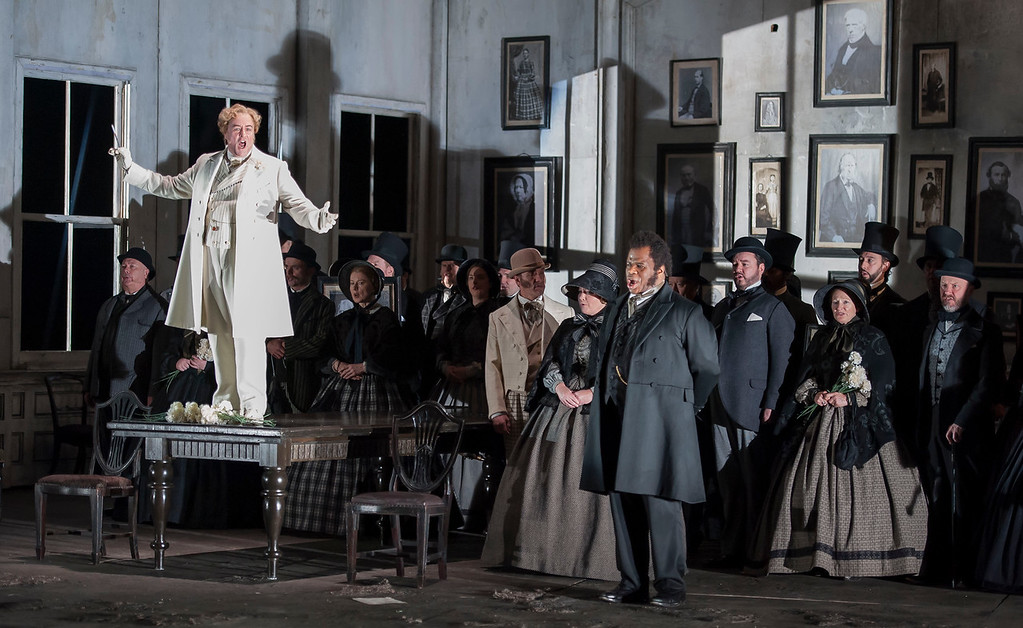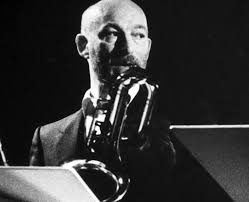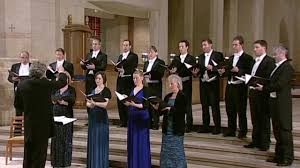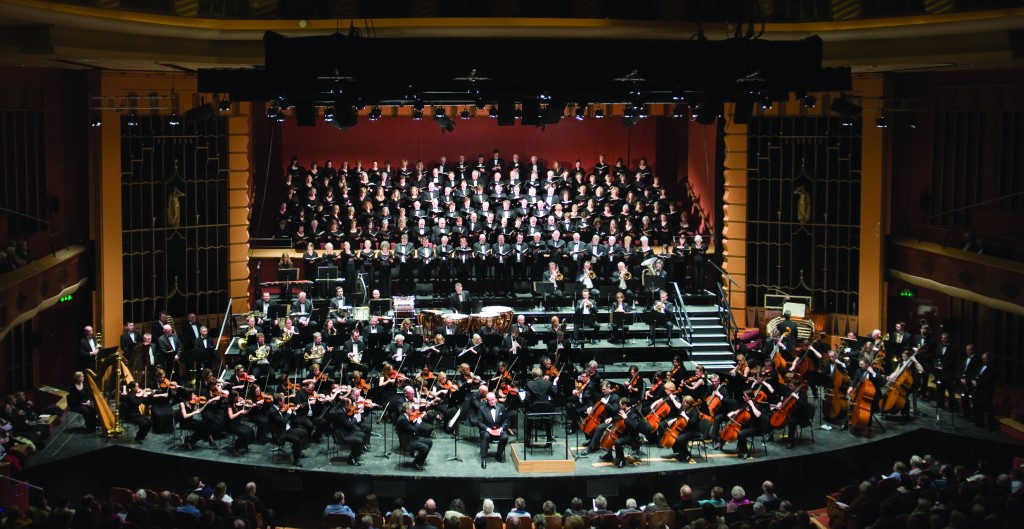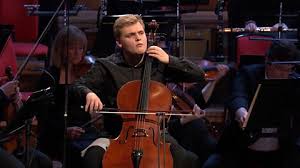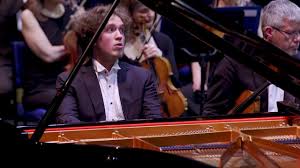The theme this year was The Grand Tour and one which enabled us to sample songs with a wide variety of languages and styles. To help us on our way there were morning talks on a range of less familiar European languages as well as introductions to composers who are internationally known but not necessarily for their lieder settings.
Monday 15th October concentrated on Polish lieder and at lunchtime Jan Petryka, tenor, and Sholto Kynoch, piano, gave us songs by Chopin, Laks, Szymanowski, Paderewski and Moniuszko. As the Holywell Music Room was undergoing some renovation during the daytime, most midday concerts were moved to the Sheldonian Theatre, with seating placed very close to the performers to improve the intimacy of the occasion. The Chopin settings were instantly recognisable even if the text of Little Prisoner proved to be somewhat unnerving. Tenor Jan Petryka is Polish and so had no problem with these songs but the central set were in English with Szymanowski‘s setting of James Joyce’s Seven Songs. The unusual placement was challenging but also very effective in highlighting the care which the composer brings to his understanding of the text and that of the singer in communicating it.
The late afternoon concert brought us back to Holywell Music Room for The Pale of Settlement- songs from the Polish-Jewish community while under Russian rule. Alison Rose, soprano, shared the platform with Gareth Brynmor John, baritone, opening with a beautiful unaccompanied lullaby Schlof mayn kind, and later a heavily oriental melody in Rimsky-Korsakov’s Hebrew Love Song.
Gareth Brynmor John gave us an heroic Saul’s Lied from Mussorgsky with strong hints of Boris Godunov, and the tongue-in-cheek How the czar lives. They ended with a poignant traditional setting of Yoshke is leaving. Throughout they were sensitively accompanied by Florent Mourier.
The evening concert brought an unusual combination to the Holywell Music Room with Sholto Kynoch, piano, Louise Alder, soprano and Stef van Herten, horn. If the effect was somewhat disconcerting this was more the difficulty of balancing the horn against the piano and voice. The opening solo horn piece – Gounod’s Larghetto – worked well but too often the horn player was simply not able to make the impact less than strident. Thankfully in a full programme there were many felicities. Debussy’s Ariettes oubliees have a languorous beauty which Louis Alder made the most of, as she did in the Wagnerian overtones of the five Strauss songs. At the end we were given a little lightness with Verdi’s Chimney Sweep and Donizetti’s L’Amor Funesto where the coloratura sounded anything but sad.
On Tuesday morning Dr James Partridge gave us a brief introduction to the Czech language, trying to persuade us that it is actually far less complex than it seems, and this was followed by a lecture from Caroline Palmer on the inveterate traveller and art enthusiast, Maria Graham who combed the galleries of Europe with her second husband Augustus Wall Callcott. The time she spent in what is now the Czech Republic was instructive and useful to our understanding of the music we were to hear across the rest of the day.
That the language problem can affect more than the singers getting their heads around unfamiliar songs became all too apparent at the lunchtime concert given by Harriet Burns, soprano, and Caitlin Hulcup, mezzo-soprano, with Christopher Glynn at the piano. No difficulty it seemed for the singers but those responsible for the programme had come to grief over the translations and the complexity of variations. As a result some of the songs were not listed at all and others had the wrong text to the right title. It made for a very interesting session, for whereas some songs were instantly comprehensible – Dvorak’s gently pleasing duet And I will sail away from you and Smetana’s lovely Evening Songs – others for which we had nothing were incomprehensible regardless of how well sung. Given that one of the major points of a Lieder recital is the sensitivity of the singer to the text this was all rather unfortunate. That the two singers did so well under the circumstances and their voices more than overcame the problem is a real tribute to them both and to Christopher Glynn whose accompaniment was thrown into unusually high relief.
The early evening at the Holywell Music Room was given over to the Albion Quartet who commenced with Josef Suk’s Meditation on the Old Czech Chorale St Wenceslas Op35a. The opening is certainly introspective but quickly builds in both intensity and fire. After this they were joined by Christopher Glynn for Dvorak’s Piano Quintet No2 in A major Op81. The work seemed to suite the young players admirably as its constant changes of mood, dynamic and pace challenged them to ever riskier tempi and lightning interchanges. If the final movement has an unexpected moment of reflection towards the end it is only after a sparkling flight at breakneck speed with all the colour and verve a quintet can muster.
This was, of course, only a tiny fraction of what was on offer this October and the festival ran for fifteen days with numerous events each day, many sold out well in advance. Next year’s theme is Tales of Beyond – Magic, Myths and Mortals.

